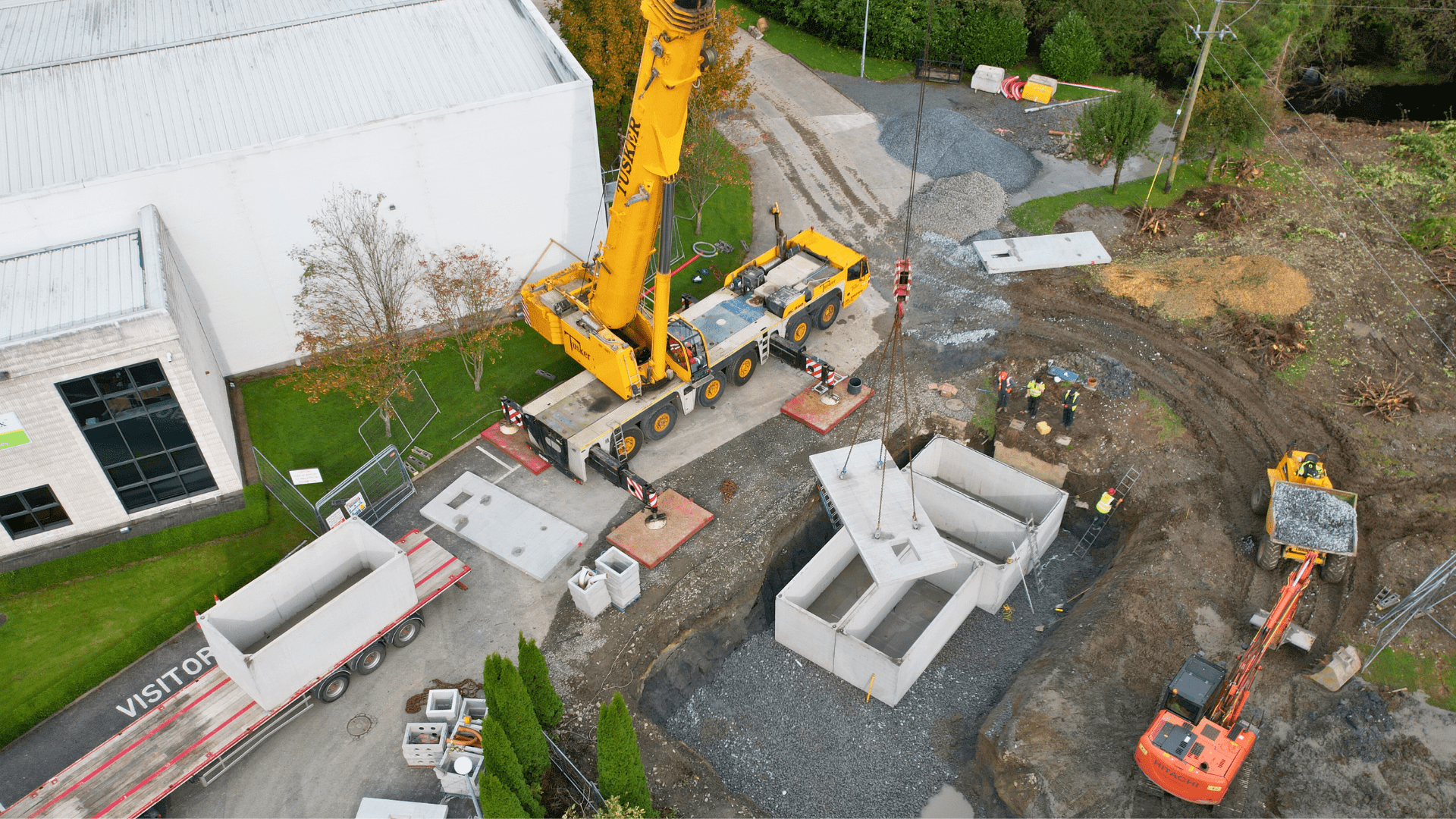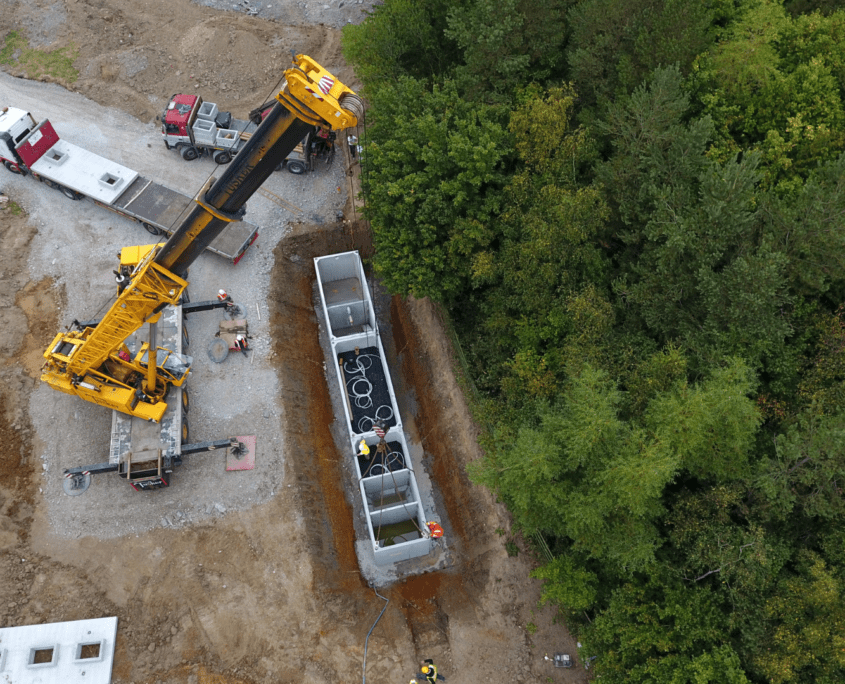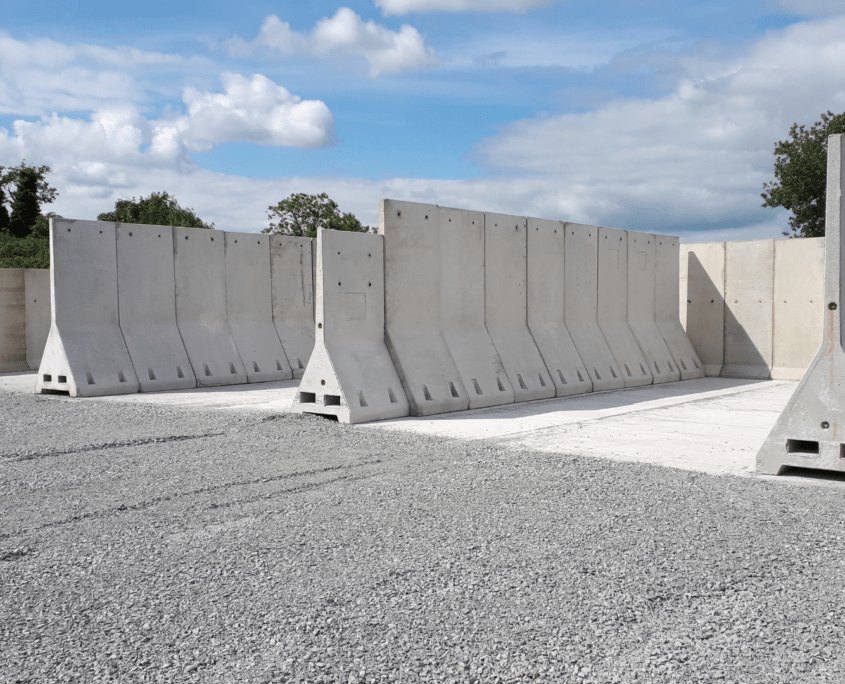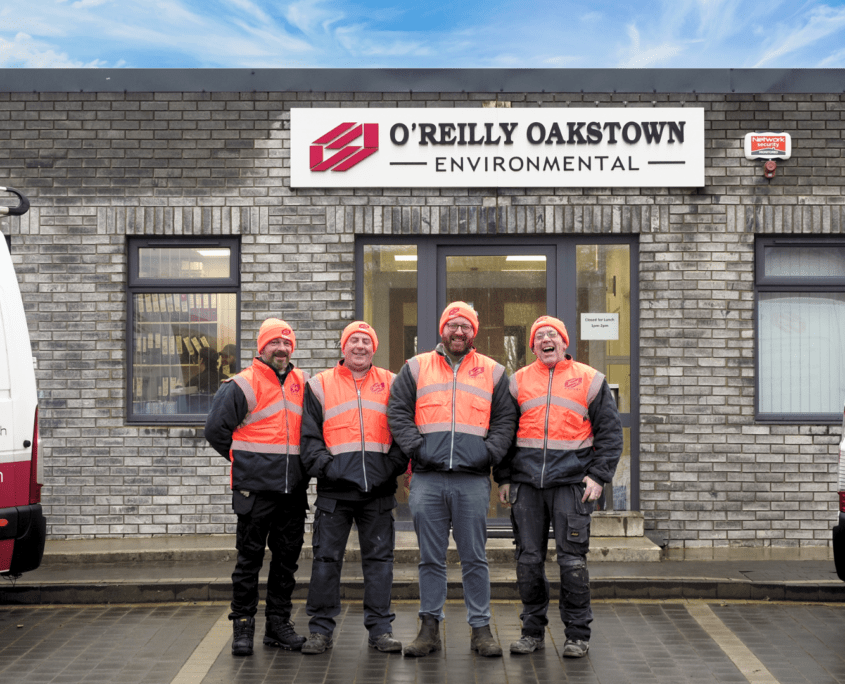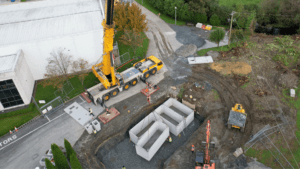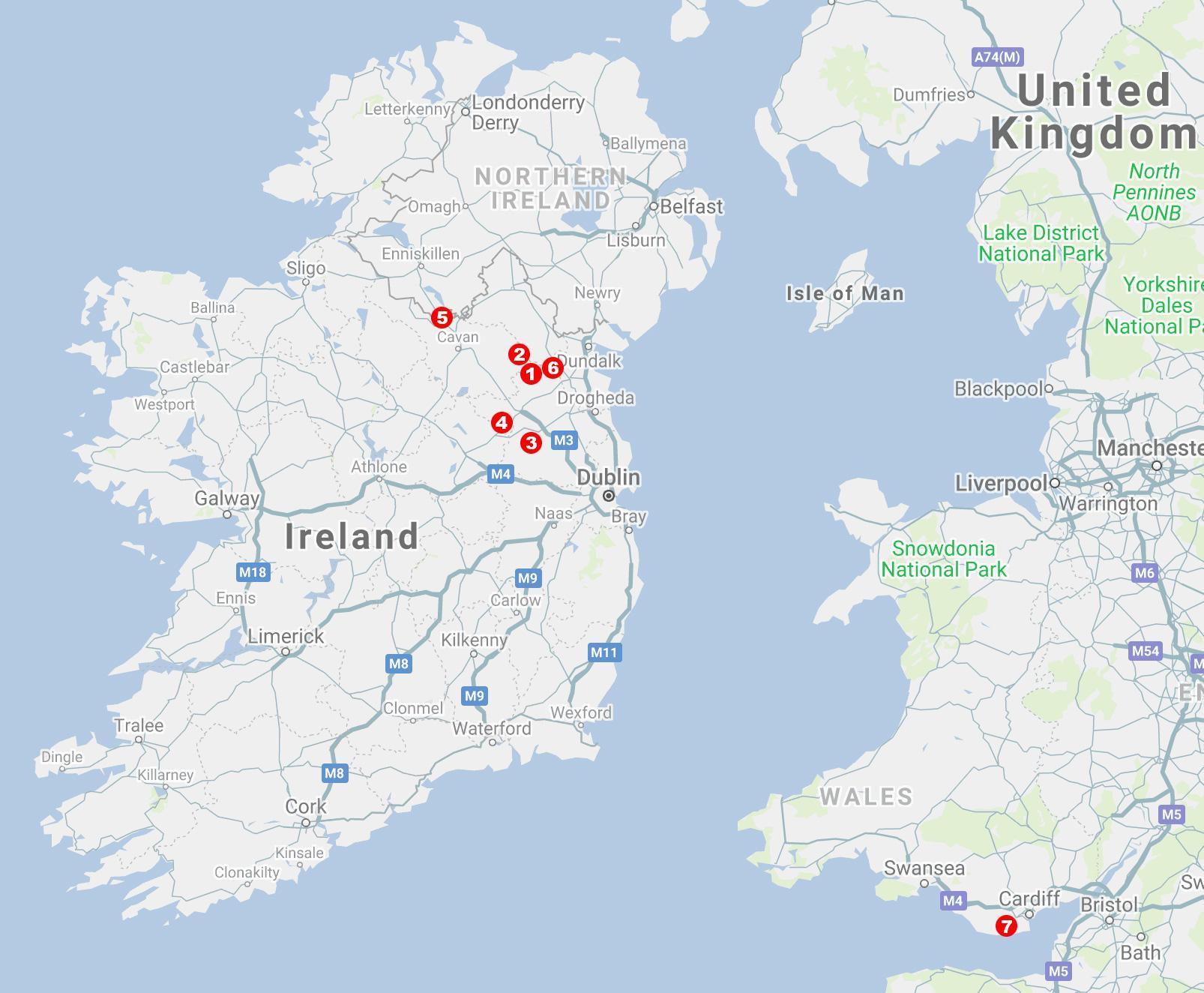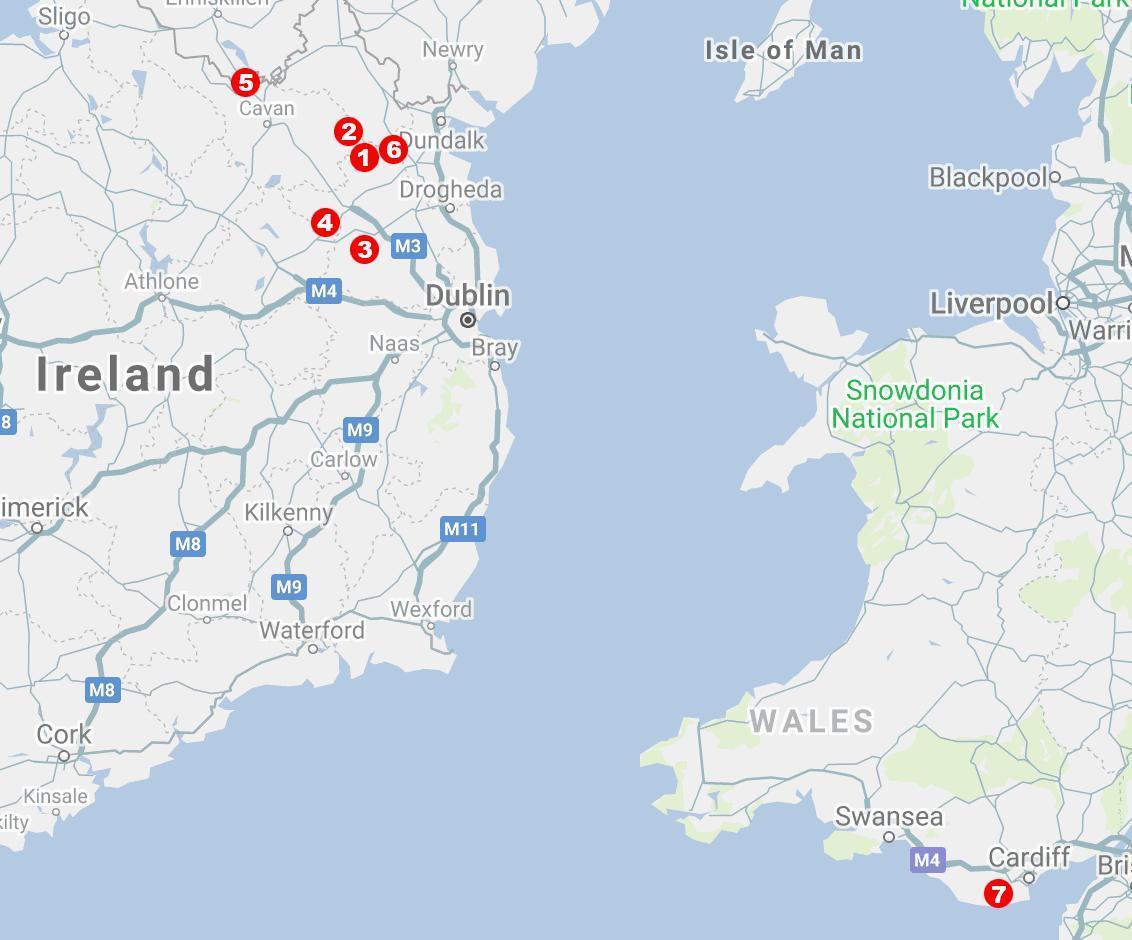O’Reilly Oakstown
BAF SEWAGE TREATMENT SYSTEMS
CONCRETE SEPTIC TANKS
SERVICE & MAINTENANCE
RETAINING WALL SOLUTIONS
PRECAST CONCRETE TANKS
Part of the O’Reilly Group
Part of the O’Reilly Group
O’Reilly Oakstown: Sewage and Wastewater Solutions
At O’Reilly Oakstown, we’re dedicated to delivering state-of-the-art sewage and wastewater treatment products, serving both domestic households and the commercial sector. Our environmentally friendly solutions are designed to meet the diverse needs of our clients, ensuring compliance with regulations and commitment to sustainability.
Domestic Services: Tailored Environmental Solutions for Your Home
Our range of domestic services is designed to offer efficient, reliable wastewater treatment for individual homes, ensuring safety and environmental protection:
- BAF 6 PE Wastewater Treatment Systems: Ideal for small to medium-sized family homes, providing efficient wastewater treatment with minimal environmental impact.
- BAF 8 PE Wastewater Treatment Systems: Engineered for larger residences, these systems offer enhanced capacity and performance for your wastewater management needs.
- Precast Concrete Septic Tanks: Durable and reliable, our septic tanks are a cornerstone of domestic wastewater treatment, suitable for various residential applications.
- Rainwater Harvesting Systems: An eco-friendly solution for water conservation, reducing dependence on mains water and lowering household water bills.
Commercial Services: Comprehensive Solutions for Your Business
O’Reilly Oakstown’s commercial services are designed to meet the rigorous demands of commercial and industrial applications, from small businesses to large-scale projects:
- Commercial Wastewater Treatment Systems (12-500 PE): Scalable solutions tailored to the needs of your business, capable of handling the wastewater treatment requirements of commercial buildings, manufacturing facilities, and more.
- Retaining Wall Solutions: Engineered for stability and durability, our retaining wall solutions support a range of commercial and infrastructure projects, ensuring safety and compliance with environmental standards.
- Bespoke Industrial Systems: Custom-designed wastewater treatment solutions that cater to the unique requirements of industrial applications, providing efficient, reliable, and sustainable wastewater management.
Our Commitment to Excellence
With a focus on innovation, sustainability, and customer service, O’Reilly Oakstown is your trusted partner in environmental solutions. Whether you’re looking for a domestic wastewater treatment system or need a comprehensive solution for a commercial project, our team of experts is here to provide support, advice, and customised solutions to meet and exceed your expectations.
O’Reilly Oakstown: Sewage and Wastewater Solutions
- At O’Reilly Oakstown, we’re dedicated to delivering state-of-the-art sewage and wastewater treatment products, serving both domestic households and the commercial sector. Our environmentally friendly solutions are designed to meet the diverse needs of our clients, ensuring compliance with regulations and commitment to sustainability.
Domestic Services: Tailored Environmental Solutions for Your Home
Our range of domestic services is designed to offer efficient, reliable wastewater treatment for individual homes, ensuring safety and environmental protection:
- BAF 6 PE Wastewater Treatment Systems: Ideal for small to medium-sized family homes, providing efficient wastewater treatment with minimal environmental impact.
- BAF 8 PE Wastewater Treatment Systems: Engineered for larger residences, these systems offer enhanced capacity and performance for your wastewater management needs.
- Precast Concrete Septic Tanks: Durable and reliable, our septic tanks are a cornerstone of domestic wastewater treatment, suitable for various residential applications.
- Rainwater Harvesting Systems: An eco-friendly solution for water conservation, reducing dependence on mains water and lowering household water bills.
Commercial Services: Comprehensive Solutions for Your Business
O’Reilly Oakstown’s commercial services are designed to meet the rigorous demands of commercial and industrial applications, from small businesses to large-scale projects:
- Commercial Wastewater Treatment Systems (12-500 PE): Scalable solutions tailored to the needs of your business, capable of handling the wastewater treatment requirements of commercial buildings, manufacturing facilities, and more.
- Retaining Wall Solutions: Engineered for stability and durability, our retaining wall solutions support a range of commercial and infrastructure projects, ensuring safety and compliance with environmental standards.
- Bespoke Industrial Systems: Custom-designed wastewater treatment solutions that cater to the unique requirements of industrial applications, providing efficient, reliable, and sustainable wastewater management.

